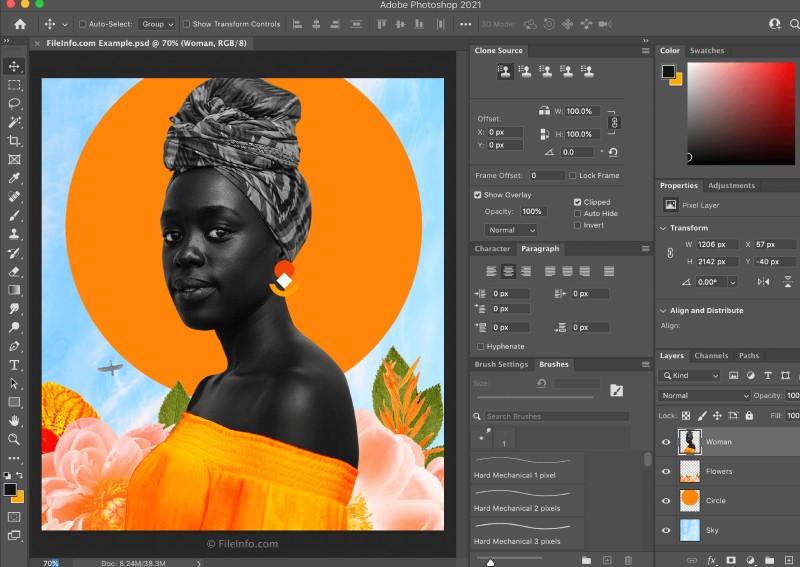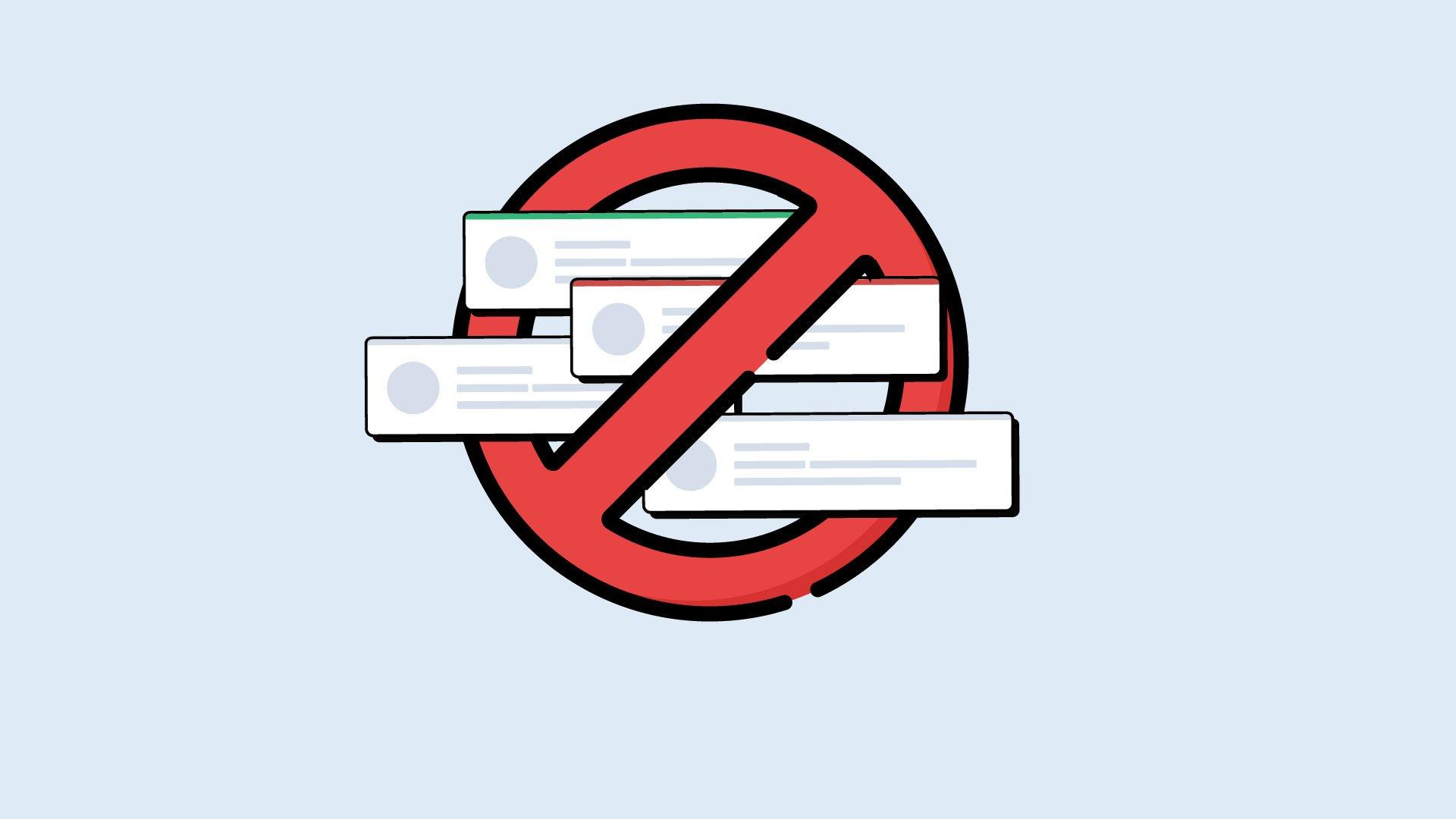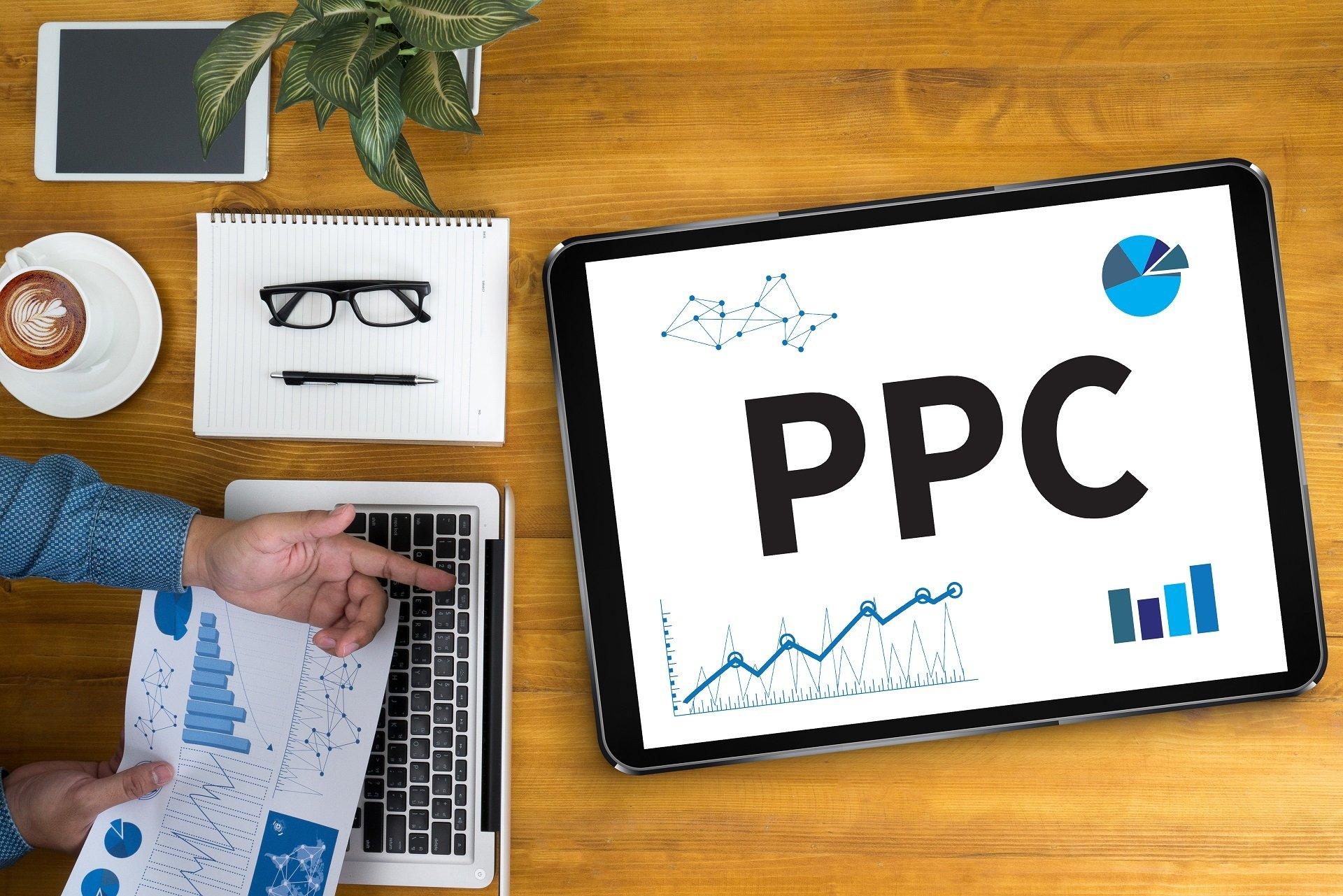Canva vs. Photoshop: Which is Better?
in today’s digital age, whether you’re a seasoned designer or just starting out, the right design tool can make all the difference. With so many options at our fingertips, it’s easy to feel overwhelmed. Two of the most popular names in the game are Canva and Photoshop, each boasting a loyal following and a set of unique features. But which one truly reigns supreme? If you’ve ever found yourself torn between the user-kind interface of Canva and the powerful capabilities of Photoshop,you’re not alone. In this article, we’ll dive deep into the strengths and weaknesses of both platforms, helping you decide which tool aligns best with your creative vision and needs.So, grab a cup of coffee, and let’s explore the showdown that could change the way you create!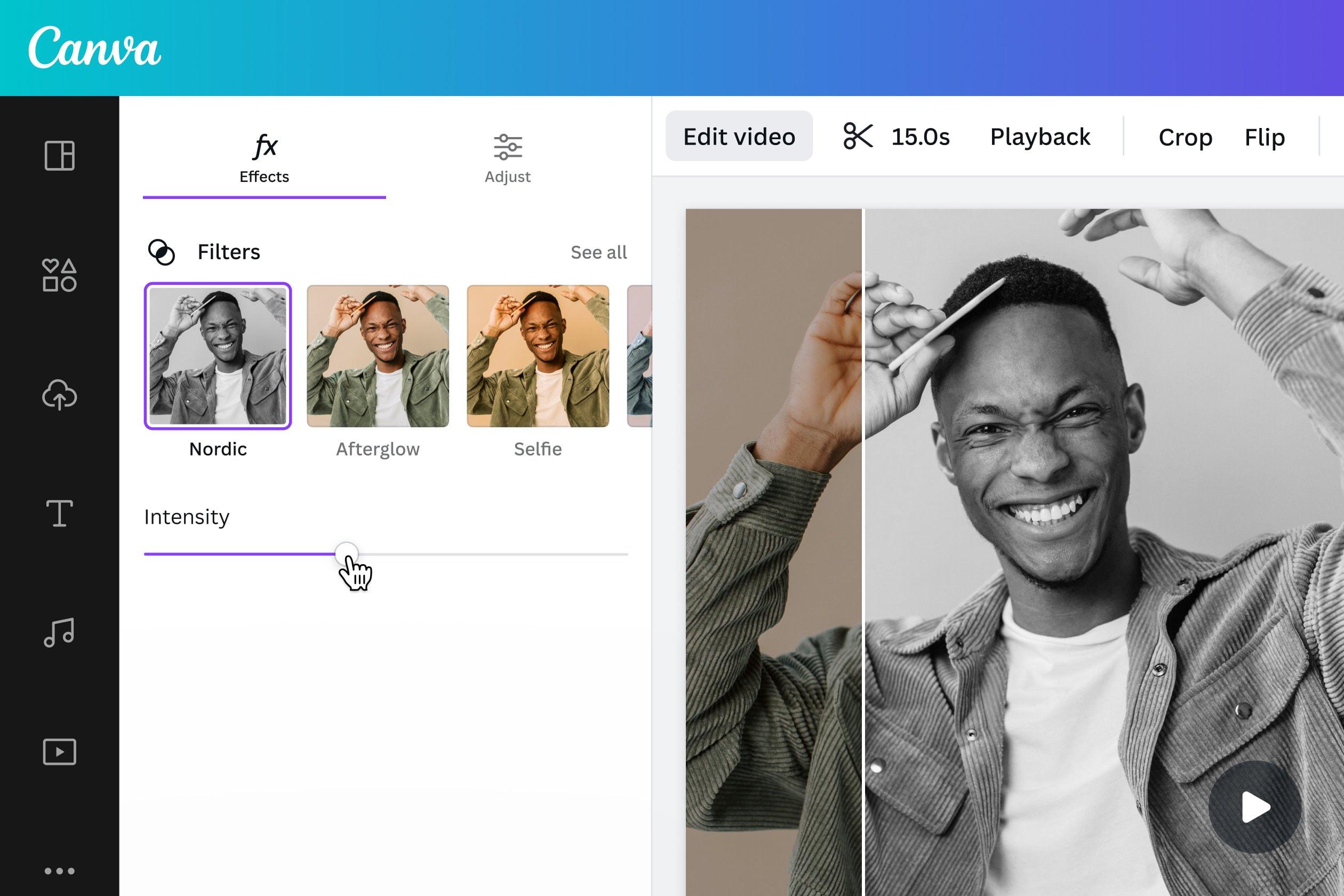
Understanding the Basics of Canva and Photoshop
When it comes to graphic design, both Canva and Photoshop have carved their niches in the creative landscape. Understanding the fundamentals of each platform can significantly influence your choice depending on your needs.
Canva is a user-friendly, web-based design tool that excels in simplicity and accessibility. Ideal for beginners,it offers:
- Pre-made templates for various design formats such as social media posts,flyers,and presentations.
- A drag-and-drop interface that makes it easy to create designs without prior graphic design experience.
- A wide array of stock images, icons, and fonts that can be used to enhance designs quickly.
This platform is perfect for small business owners, educators, and anyone who needs quick, professional-looking graphics without the learning curve associated with more complex software.
On the other hand, Photoshop is a powerhouse in the graphic design world, favored by professionals for its extensive features and capabilities. Here’s what sets it apart:
- Advanced editing tools that allow for detailed manipulation and enhancement of images.
- Support for layers, masks, and various effects, enabling intricate designs that can meet specific artistic visions.
- A robust selection of brushes and tools for digital painting and illustration, making it a go-to for artists.
While it may have a steeper learning curve, Photoshop’s capabilities make it indispensable for those looking to create high-quality, customized designs that stand out.
your choice between these two platforms hinges on your specific needs and level of expertise. If you desire a fast, straightforward design solution, Canva is your best bet.However, if you seek detailed control and professional-quality output, Photoshop is the tool for you. Understanding these basics will enable you to harness the right tool for your creative projects.
| Feature | Canva | photoshop |
|---|---|---|
| User Experience | Easy for beginners | Complex, requires training |
| Design Flexibility | Limited to templates | Highly customizable |
| Best For | Quick graphics | Professional design |
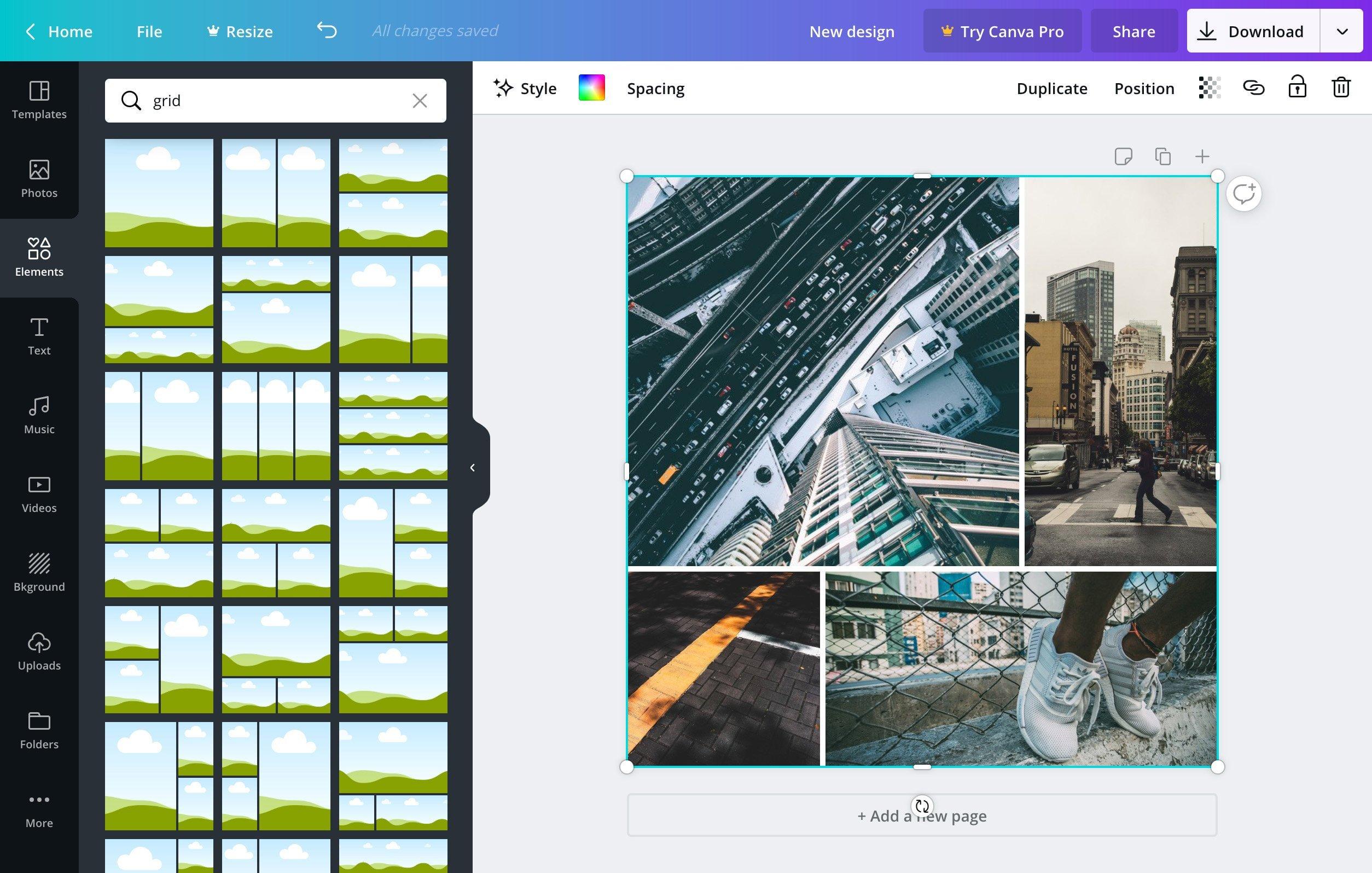
Ease of Use: Which Platform Wins for Beginners?
When it comes to design tools, the user experience can make all the difference, especially for newcomers. Canva and photoshop offer vastly different approaches, and understanding these differences can definitely help beginners find the right platform for their needs.
Canva is renowned for its simplicity and intuitive interface. It boasts a drag-and-drop functionality that makes it easy for users to create stunning visuals without any prior design experience. Key features include:
- Pre-designed templates: Canva offers thousands of templates for various purposes, from social media posts to presentations.
- Accessible tools: Basic design elements such as text, images, and shapes are easy to find and use.
- Collaboration features: Sharing designs with others for feedback or co-editing is straightforward.
In contrast, Photoshop is a powerhouse of professional-grade tools, but this comes with a steeper learning curve. While it offers unparalleled customization and flexibility, beginners might find it overwhelming.Here are some points to consider:
- Complex interface: Photoshop’s array of options and menus can be intimidating for first-time users.
- Advanced features: While powerful, features like layer management and masking require time to master.
- Extensive community and resources: There are countless tutorials available,but finding the right one may require additional effort.
To further illustrate the differences, here’s a quick comparison:
| Feature | Canva | Photoshop |
|---|---|---|
| User Interface | simple and intuitive | complex and feature-rich |
| Learning Curve | Quick to learn | Steeper learning curve |
| Templates | Wide range available | Limited built-in templates |
| Collaboration | Easy sharing options | More limited collaboration tools |
if you’re a beginner looking for a straightforward design solution, Canva is your best bet. Its user-friendly design and extensive resources enable anyone to create eye-catching graphics quickly. Conversely, if you’re willing to invest time to learn and you require more advanced capabilities, photoshop may eventually serve you better. Choosing the right platform hinges not only on your immediate needs but also on your long-term design goals.
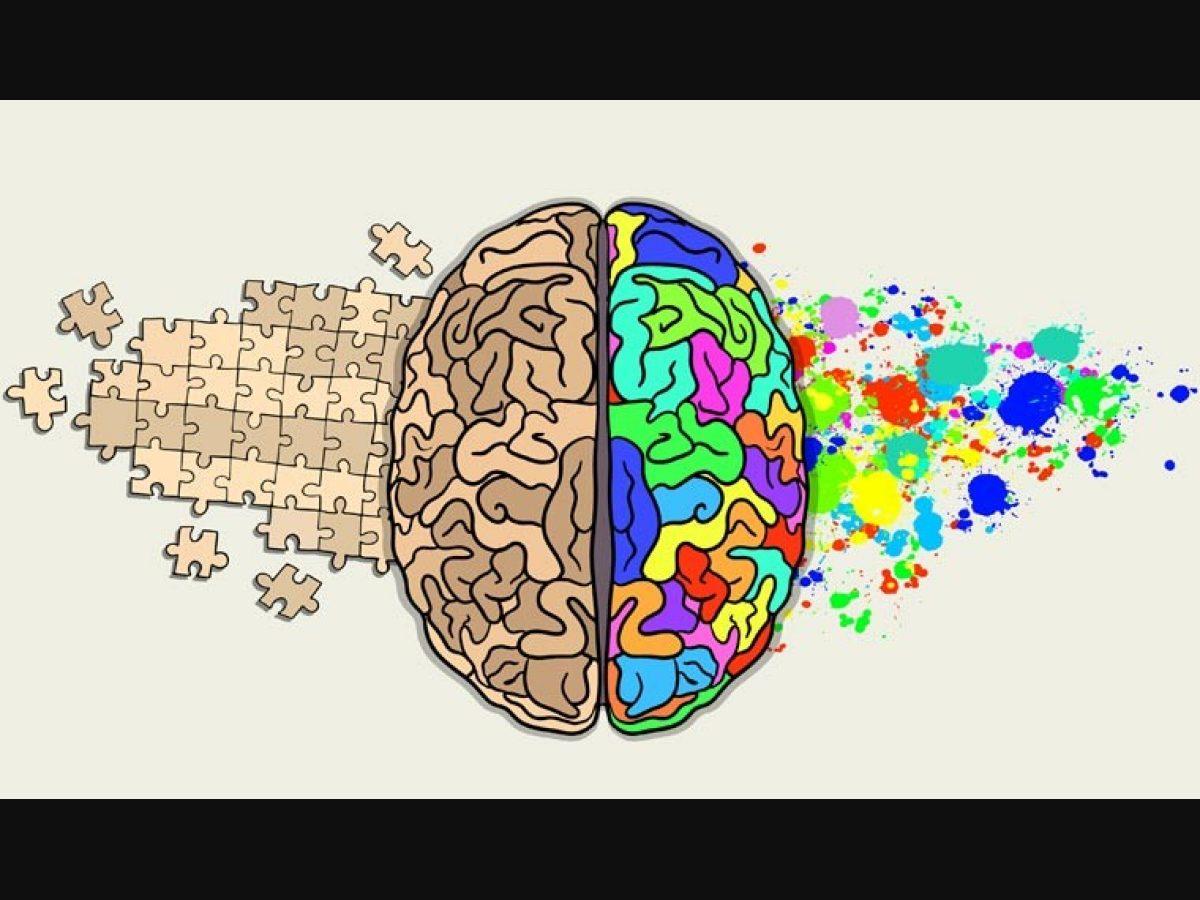
Creative Flexibility: Comparing Design Options
When it comes to design tools, the ability to adapt and explore different styles is crucial. Both Canva and Photoshop offer unique features that cater to various creative needs, but how they accomplish this can significantly impact your workflow and final product.
Canva shines in its simplicity and accessibility. It’s perfect for users who may not have a deep background in design. With a vast libary of templates, images, and design elements, Canva allows users to create visually appealing graphics in mere minutes. Here are some of its standout features:
- Templates: A plethora of pre-designed templates for social media posts, flyers, presentations, and more.
- Drag-and-Drop Interface: Intuitive tools that make it easy to customize designs without needing extensive design skills.
- Collaboration: Real-time collaboration features make it ideal for teams working on projects together.
On the other hand, Photoshop offers unparalleled versatility and control, especially for those who have a solid foundation in graphic design. It’s a powerhouse for professionals looking to bring their creative visions to life with precision. Here’s what sets Photoshop apart:
- Advanced editing: Tools for detailed photo manipulation, layer management, and effects that allow for intricate designs.
- Customization: Infinite possibilities for creating unique designs from scratch or modifying existing elements in complex ways.
- Plugins and Extensions: Expand functionality with various add-ons for specialized design needs.
When you weigh these options, it becomes clear that the choice between Canva and Photoshop ultimately depends on your specific needs:
| Feature | Canva | Photoshop |
|---|---|---|
| Ease of Use | Very Easy | Moderate to Challenging |
| Design Complexity | Basic to Intermediate | Advanced |
| Template Availability | Extensive | Limited |
| Collaboration | Built-in | Third-party tools required |
As you can see, each platform has its strengths and weaknesses. If you prioritize user-friendly design and quick turnaround times, Canva will likely be your best bet. However, if you’re ready to invest time in mastering a more complex tool for professional-grade results, Photoshop could be the ultimate choice. Consider your goals, skills, and the types of projects you want to tackle when deciding which design option works best for you.
Collaboration Features: Working Together Made Easy
In today’s fast-paced digital landscape,the ability to collaborate seamlessly is essential for any team working on creative projects. Both canva and Photoshop offer unique collaboration features, but their approaches differ significantly, making each tool more suitable for various contexts.
Canva’s collaborative surroundings fosters easy sharing and real-time editing. Users can invite team members to work on designs together, allowing for instant feedback and revisions. This feature is particularly beneficial for teams spread across different locations, as it eliminates the need for back-and-forth emails. Key collaboration aspects include:
- Team Folders: Organize designs in shared folders for easy access.
- Commenting: Team members can leave comments directly on the design, streamlining dialog.
- Template Sharing: Create and share templates to maintain brand consistency across projects.
On the other hand, Photoshop has made strides in recent years to enhance its collaborative capabilities. While traditionally seen as a more solo-oriented software, recent updates have introduced features aimed at team integration. However, it still retains a more complex interface that might be daunting for new users. Noteworthy collaboration tools include:
- Cloud Documents: Save and share files in the cloud, allowing access from anywhere.
- Version History: Track and revert to previous versions of your design.
- Collaborative Painting Tools: Work together on digital canvases in real-time.
When comparing the two, it’s clear that Canva excels in user-friendliness and accessibility for teams with varying skill levels. Simultaneously occurring,Photoshop offers depth and advanced features that seasoned professionals may appreciate,albeit with a steeper learning curve. To help visualize the differences, here’s a brief comparison:
| Feature | Canva | Photoshop |
|---|---|---|
| Real-time Collaboration | ✔️ | Limited |
| User-Friendly Interface | ✔️ | ❌ |
| Advanced Editing Tools | ❌ | ✔️ |
| Commenting System | ✔️ | ❌ |
Ultimately, the choice between Canva and Photoshop for collaboration comes down to your team’s specific needs and skill levels. If you prioritize ease of use and quick project turnaround, Canva may be the clear winner. however, if your projects demand complex editing and you have a team of experienced designers, Photoshop should be your go-to tool.
Cost Considerations: Which Tool Fits Your Budget?
When choosing between Canva and photoshop, understanding the financial implications is crucial. each tool offers different pricing structures that might influence your final decision. Below, we break down the cost differences to help you make a more informed choice.
Canva operates on a freemium model,which means you can start using it without any upfront costs.The free version includes an impressive range of features suitable for beginners and casual users. however, for those who require more advanced functionalities, such as premium templates or the ability to upload custom fonts, you can opt for the Pro version, which typically costs around $12.99 per month when billed annually.
On the other hand, Photoshop generally requires a more significant financial commitment. It’s available through Adobe’s Creative Cloud subscription service, where the base plan starts at approximately $20.99 per month. This price point gives you access to the full suite of Photoshop features, but if you want to incorporate other Adobe tools, the Creative Cloud All Apps plan can set you back around $54.99 per month.
Here’s a quick comparison of the costs:
| Tool | free Version | Monthly Cost (Basic) | Annual cost (Basic) |
|---|---|---|---|
| canva | Yes | $12.99 | $119.99 |
| Photoshop | No | $20.99 | $239.88 |
It’s also worth considering potential hidden costs associated with each tool. Canva users might need to purchase specific premium images or elements, while Photoshop users may find themselves spending on additional plugins or resources to enhance their editing capabilities. Ultimately, the choice between Canva and Photoshop will depend not only on your immediate budget but also on how you plan to use the tool in the long run.
if you’re looking for an affordable and user-friendly option, Canva could be the way to go. Conversely, if you’re committed to creating high-quality graphics and have the budget for it, investing in Photoshop might be worthwhile in the long run.
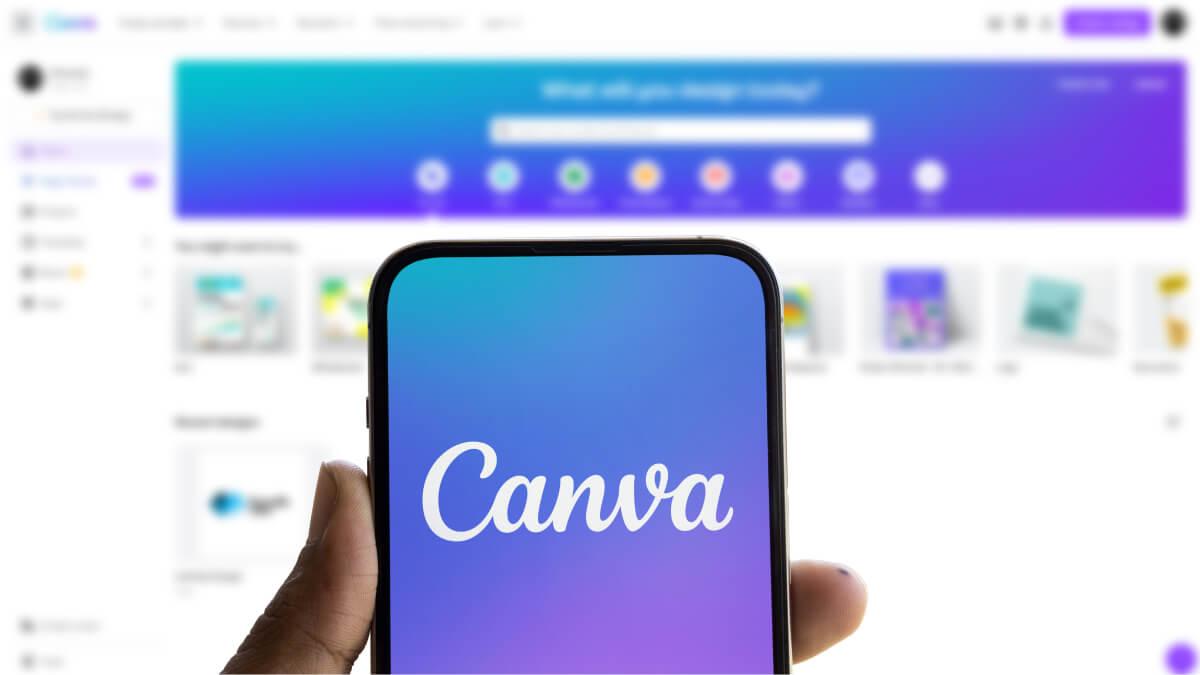
Integrations and Compatibility: Finding the Right Tools
When it comes to designing, the tools you choose can significantly impact your workflow and the quality of your output. Both Canva and Photoshop offer unique integrations and compatibility features that cater to different user needs. Understanding these aspects is crucial in making an informed decision about which platform will best serve your creative ambitions.
canva excels in its user-friendly interface and cloud-based capabilities, making it an ideal choice for collaborative projects. With numerous integrations, Canva allows you to connect with various applications, enhancing your productivity.Some of the notable integrations include:
- Google Drive – Easily import images and files from your Google Drive account.
- Dropbox - Quickly access and utilize your assets stored in Dropbox.
- Social Media Platforms – Share your designs directly to platforms like Facebook, Instagram, and Twitter.
On the other hand, Photoshop is a powerhouse in the graphic design world, catering to professionals who demand advanced features and extensive customization. Its compatibility with a wide range of plugins and software provides unparalleled flexibility. Here are some key integrations that users can leverage:
- Adobe Creative Cloud – Seamless access to other Adobe tools like Illustrator and After Effects.
- third-Party Plugins – Enhance functionality with tools like Nik Collection and Portraiture.
- File Formats – supports various file types, ensuring compatibility across different platforms.
| Feature | Canva | Photoshop |
|---|---|---|
| Collaborative Editing | Yes | No |
| Mobile App | Yes | Limited |
| Advanced Editing Tools | no | Yes |
| Templates Availability | Extensive | Limited |
Ultimately, the choice between Canva and photoshop will hinge on your specific needs. If you’re looking for a tool that prioritizes ease of use and collaboration, Canva’s integrations make it an excellent choice. However, if you require advanced editing capabilities and extensive customization, Photoshop’s compatibility with other Adobe products and plugins provides the depth that professionals often seek. Evaluate your requirements carefully to find the right fit for your creative projects.
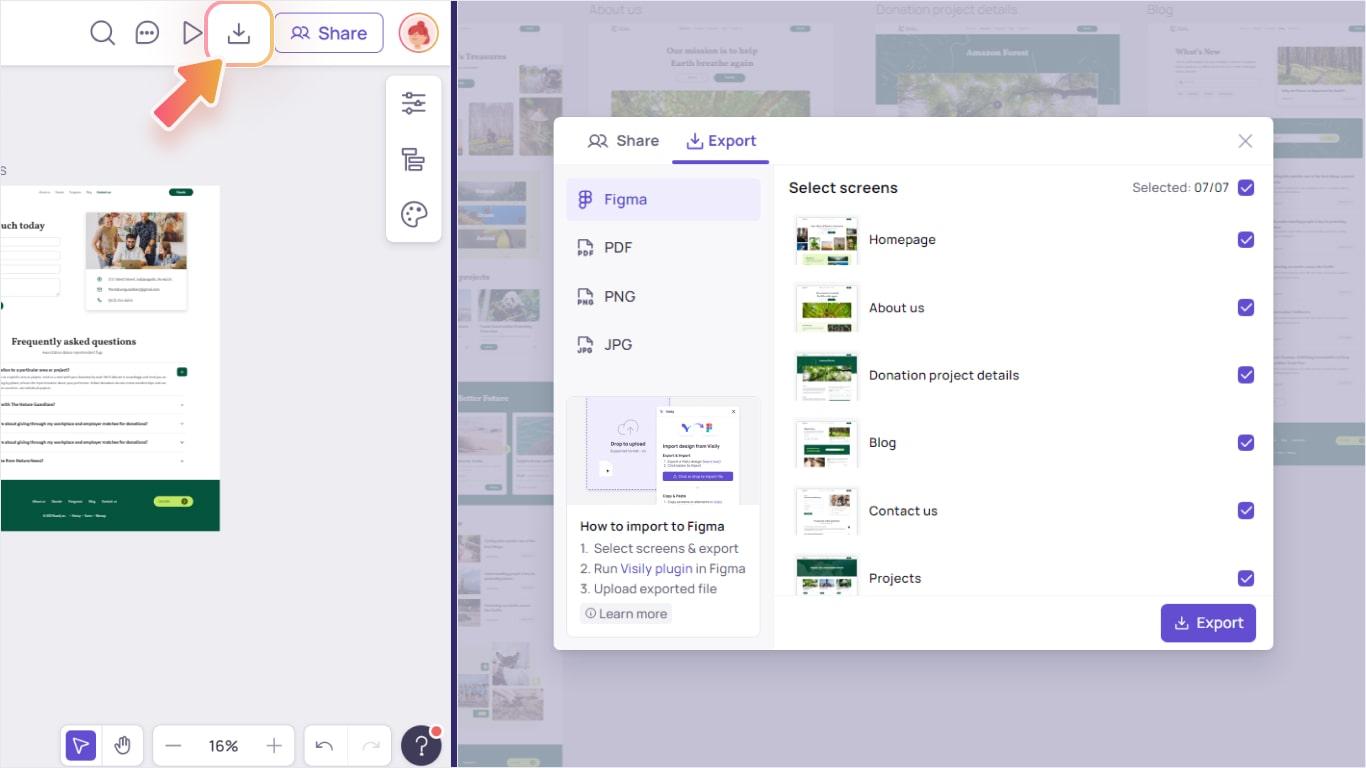
Final Touches: Exporting and Sharing Your Designs
Once you’ve poured your creativity into your designs, the next step is to present them in the best light possible. Both Canva and Photoshop offer robust options for exporting your final product, ensuring that your hard work reaches its intended audience with maximum impact. Understanding the nuances of each platform can help you choose the right tools to elevate your designs.
Canva makes exporting a breeze, providing various file formats and quality settings right at your fingertips. With just a few clicks,you can download your design as:
- PNG – perfect for high-quality images and transparency.
- JPEG – Ideal for web use with smaller file sizes.
- PDF - Great for prints and professional documents.
- MP4 – Useful for animated designs.
This ease of use makes Canva a go-to for those who prioritize efficiency without sacrificing quality.
On the other hand, Photoshop takes exporting to another level with its extensive customization options. You have full control over compression settings,color profiles,and even the ability to save options as presets for future use.This flexibility is particularly beneficial for professional designers who need to adapt their work for various media, including:
- Print – With options for CMYK and high DPI settings.
- Web – Tailored resolutions and optimized file sizes.
- Animated GIFs – For dynamic online content.
| Feature | Canva | Photoshop |
|---|---|---|
| Ease of Use | ✅ User-friendly | ❌ Steeper learning curve |
| File Formats | Multiple options available | Extensive and customizable |
| Export Settings | Basic options | Advanced control |
sharing your designs is as crucial as exporting them.Canva takes the lead with its integrated sharing options,enabling you to collaborate in real-time with team members or clients,or to generate shareable links. Photoshop requires a bit more effort for sharing, typically involving exporting files first and then using other platforms to distribute them. For teams that work together closely, Canva’s seamless sharing capabilities can significantly enhance productivity and streamline the design process.
Real-World Applications: When to Use Each Tool
Choosing the right tool for your design needs can significantly impact your workflow and the quality of your final output. both Canva and Photoshop have unique strengths that cater to different situations. Understanding when to use each tool can help you maximize your creativity and efficiency.
Canva shines in scenarios where quick, user-friendly design is essential. it’s perfect for:
- Social Media Graphics: With pre-made templates for various platforms, Canva allows you to create eye-catching posts quickly.
- Presentations: The drag-and-drop interface helps users design stunning slides without prior design experience.
- Marketing Materials: From flyers to business cards, Canva offers a range of templates tailored for promotional needs.
Conversely, Photoshop is ideal for professional, complex design work that demands finer control. Consider using Photoshop for:
- High-End photo Editing: With advanced retouching tools, Photoshop enables deep manipulation and enhancement of images.
- Custom Illustrations: Artists and designers can create unique graphics from scratch, making it a favorite in digital art.
- Detailed Web Design: For intricate UI designs and mockups, Photoshop provides the precision necessary for pixel-perfect results.
To give you a clearer picture, here’s a comparison of key features and when to leverage them:
| Feature | Canva | Photoshop |
|---|---|---|
| Ease of use | Very user-friendly for beginners | Steeper learning curve but powerful tools |
| Template Availability | Extensive library of templates | Limited; focuses on custom designs |
| Photo Editing | Basic editing features | Advanced editing capabilities |
| Cost | Freemium model, affordable plans | Subscription-based, higher cost |
Ultimately, the choice between Canva and Photoshop comes down to your specific needs. For quick and straightforward designs, opt for Canva. When depth and detail are required, Photoshop is your go-to. By aligning your project requirements with the strengths of each tool, you can achieve stunning designs that resonate with your audience.

User Community and Support: Where to Turn for Help
when diving into the world of design tools like Canva and Photoshop, it’s not uncommon to seek advice or assistance from fellow users. Both platforms boast vibrant communities that are eager to share tips, tricks, and troubleshooting techniques. Here’s where you can turn when you need support:
- Official Forums: Both Adobe and Canva have dedicated forums where users can post questions and share insights. These platforms are monitored by both community members and company representatives,offering a wealth of knowledge.
- social Media Groups: facebook, Reddit, and LinkedIn host various groups centered around Canva and Photoshop.These groups are treasure troves of facts, where users post their projects, ask for feedback, and share tutorials.
- YouTube Tutorials: Many users create step-by-step video guides, showcasing how to effectively use both Canva and Photoshop. These visual aids can be particularly helpful for more complex tasks, allowing you to follow along at your own pace.
- Online Courses: Platforms like Udemy and Skillshare offer in-depth courses on both tools. While some are paid, many free options are available that can elevate your skills substantially.
For immediate assistance, both Canva and Photoshop provide extensive help centers and FAQs on their websites. Here’s a quick comparison of their support features:
| Feature | Canva Support | photoshop Support |
|---|---|---|
| Live Chat Support | Yes,for Pro users | Yes,for all users |
| Email Support | Yes | Yes |
| community forums | active | Active |
| Video Tutorials | Extensive library | Extensive Library |
Whether you’re a beginner or an experienced designer,engaging with the community can provide invaluable insights and support. Don’t hesitate to reach out, ask questions, and share your own experiences; after all, everyone started somewhere!
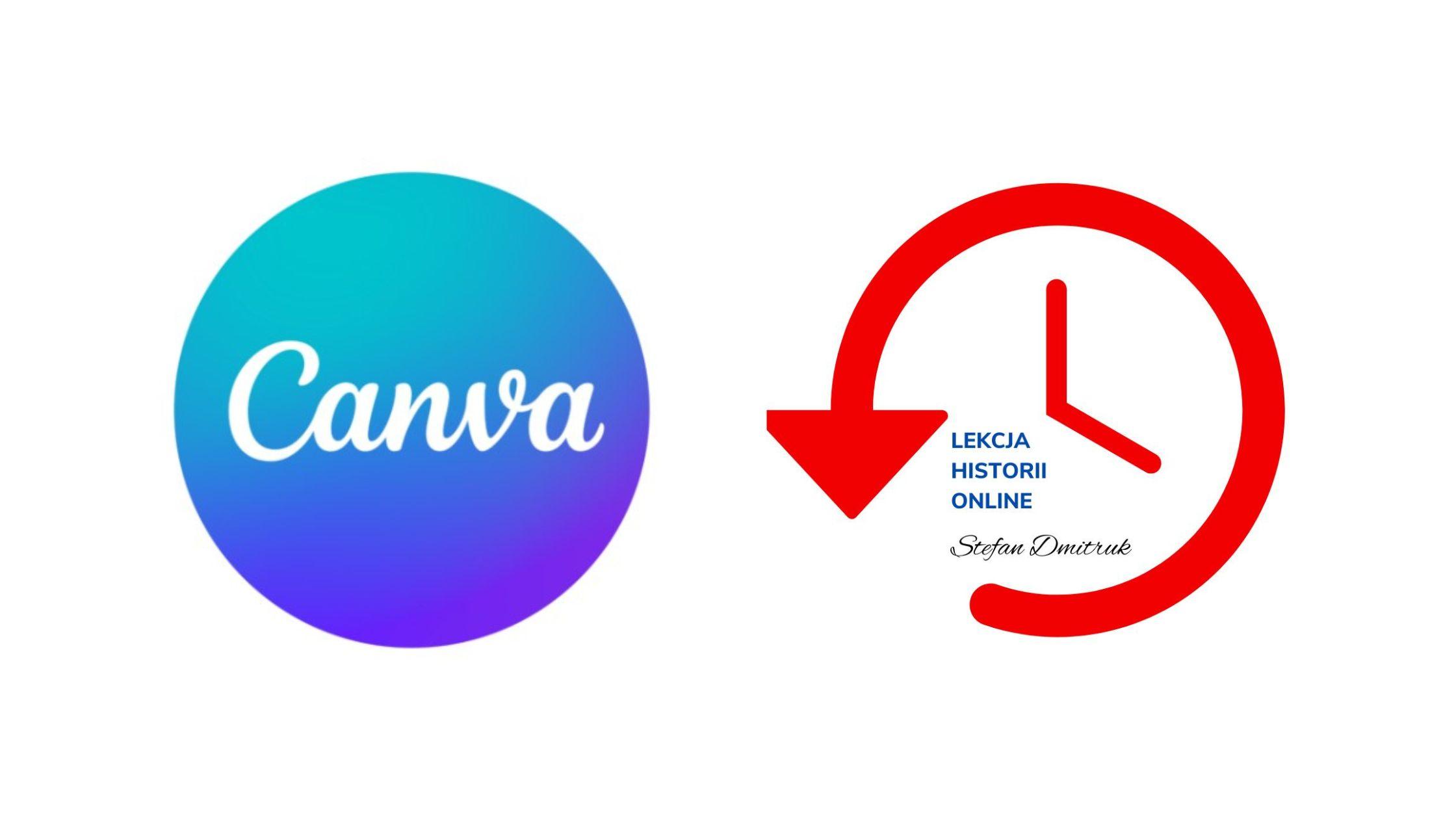
Making the right Choice: Which Tool is Best for You?
Choosing the right design tool can feel overwhelming, especially when two popular options present such distinct advantages. Let’s break down what makes Canva and Photoshop unique, so you can make an informed decision that aligns with your needs.
Canva is perfect for those who value simplicity and efficiency. Its user-friendly interface allows even beginners to create stunning visuals without a steep learning curve. Here’s what you can expect:
- Templates Galore: With thousands of pre-designed templates, you can whip up social media posts, presentations, and marketing materials in minutes.
- Collaborative Features: Canva’s real-time collaboration tools make it easy to work with a team, streamlining feedback and edits.
- Cost-Effective: Many features are available for free, and the premium version remains affordable compared to other design tools.
On the other hand, Photoshop is the go-to for serious designers and photographers who require advanced editing capabilities. Here’s what sets Photoshop apart:
- Powerful Editing Tools: With tools for manipulation, retouching, and compositing, Photoshop offers unmatched depth and control over your images.
- Professional Standards: If you’re working in a professional capacity, Photoshop is often considered the industry standard, making it a necessary skill in many fields.
- Extensive plugins: The ability to integrate various plugins expands functionality, allowing for even more creative possibilities.
Ultimately, your choice should depend on your specific needs:
| Criteria | Canva | Photoshop |
|---|---|---|
| Ease of Use | Beginner-friendly | Steep learning curve |
| Design Complexity | Basic to intermediate | Advanced |
| Cost | Free/Premium | Monthly Subscription |
| Collaboration | Yes | Limited |
So, whether you’re whipping up a quick flyer for a local event or crafting a detailed marketing campaign, consider what you’ll be creating most often. Your ideal tool should not only match your skill level but also enhance your creative process!
Frequently Asked Questions (FAQ)
Q&A: Canva vs. Photoshop: Which is Better?
Q1: What’s the main difference between Canva and Photoshop?
A1: Great question! Think of Canva as your user-friendly, design-for-everyone tool, perfect for quick graphics and social media posts. Photoshop, on the other hand, is like the Swiss Army knife of design, offering advanced features for photo editing and graphic design. It’s geared towards professionals who need detailed control over their projects.
Q2: Who should use Canva?
A2: Canva is fantastic for beginners, small business owners, and anyone who wants to create visually appealing designs without a steep learning curve. If you’re looking to whip up a social media graphic, flyer, or even a presentation in minutes, Canva is your go-to. It’s all about simplicity and efficiency!
Q3: And what about Photoshop? Who’s it best for?
A3: Photoshop is ideal for professional designers, photographers, and artists who require advanced capabilities. If you’re into detailed photo manipulation, intricate designs, or need to work on high-resolution images, Photoshop is your best friend. It might take a bit to learn, but the creative possibilities are endless!
Q4: Can I use Canva for professional projects?
A4: Absolutely! Many professionals use Canva for its ease of use and quick turnaround. It offers a plethora of templates and design elements that can elevate your projects. Just keep in mind that while it’s great for straightforward designs, it may not have the depth required for more complex graphics.
Q5: Is Photoshop worth the investment?
A5: If you’re serious about design or photography, then yes! The investment in Photoshop can really pay off. It offers unmatched versatility and control over your work, which is invaluable for professionals. Plus, the skills you gain can set you apart in the job market.
Q6: Can I learn to use Photoshop easily?
A6: While Photoshop has a learning curve, there are endless resources available online—from tutorials to courses—that can help you get up to speed. Once you get the hang of it, you’ll find it’s a powerful tool that opens up a world of creative possibilities.
Q7: What if I just want something quick and simple?
A7: If speed and simplicity are key for you, definitely lean towards Canva! It’s designed for those moments when you need to create something fast without sacrificing quality. You can easily drag and drop elements, and you’ll have a polished design in no time.
Q8: Can I use both?
A8: Absolutely! Many designers use both Canva and Photoshop in their workflows. You might create initial designs in Canva for quick projects and then refine or enhance them in Photoshop for a more professional finish. It’s all about choosing the right tool for the job!
Q9: so, which one should I choose?
A9: It really depends on your needs! If you’re looking for ease of use and speed, go with Canva. But if you want advanced features and full creative control, Photoshop is the way to go.consider your goals and how much time you want to invest in learning a tool. Either way, you can create stunning designs!
To Conclude
As we wrap up this deep dive into the Canva vs.Photoshop debate, it’s clear that both tools have their unique strengths, catering to different user needs. If you’re a casual user or a small business owner looking for a quick and easy way to create stunning graphics, canva might just be your best friend. Its user-friendly interface and vast template library make design accessible to everyone, regardless of skill level.
On the other hand, if you’re a professional designer or someone looking for advanced features and complete creative control, Photoshop is the powerhouse you need. With its extensive capabilities and tools, it allows for unmatched precision and detail in your work.
Ultimately, the choice between Canva and Photoshop boils down to your specific needs and preferences. Why not give both a try? Experimenting with each platform can definitely help you discover which one resonates more with your creative style. Remember, the best tool is the one that empowers you to bring your visions to life—so choose wisely, and happy designing!

